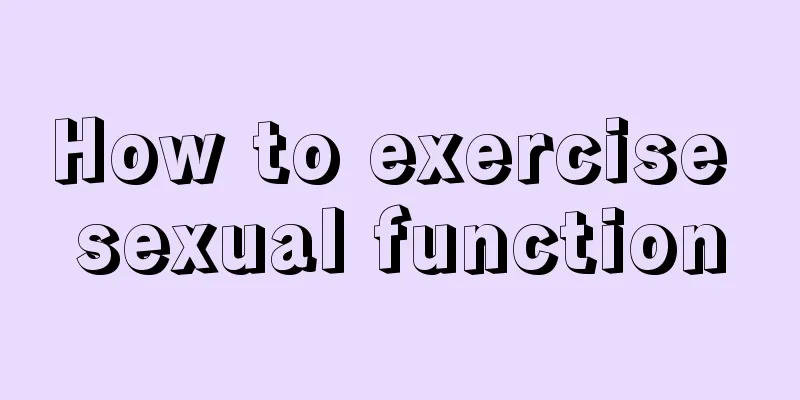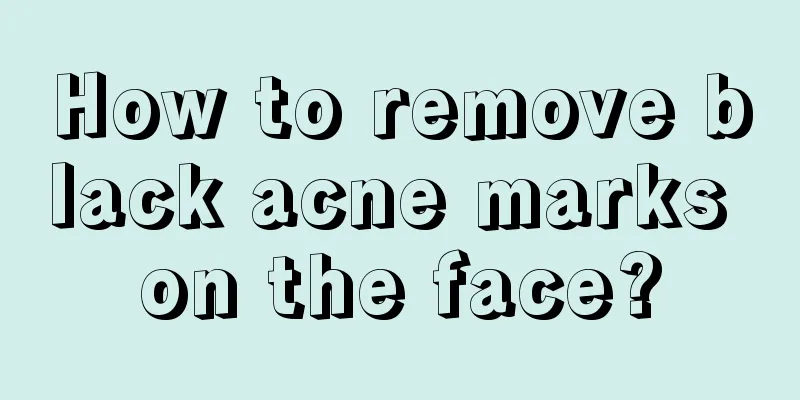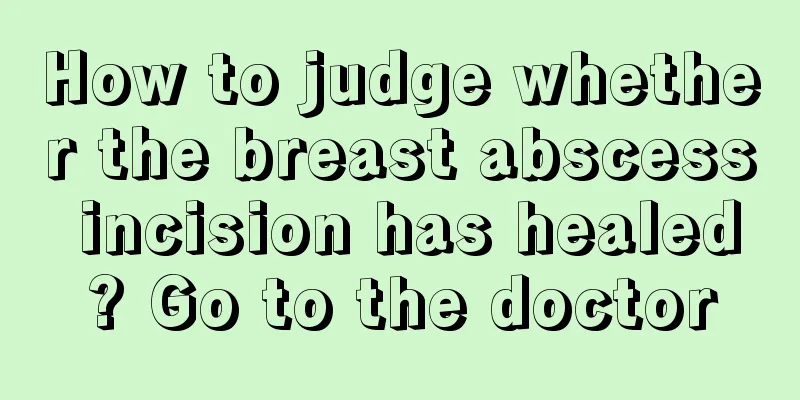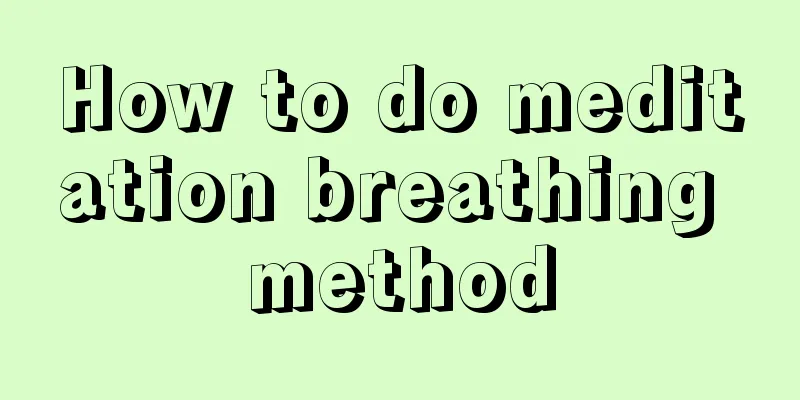Medical restraint belt
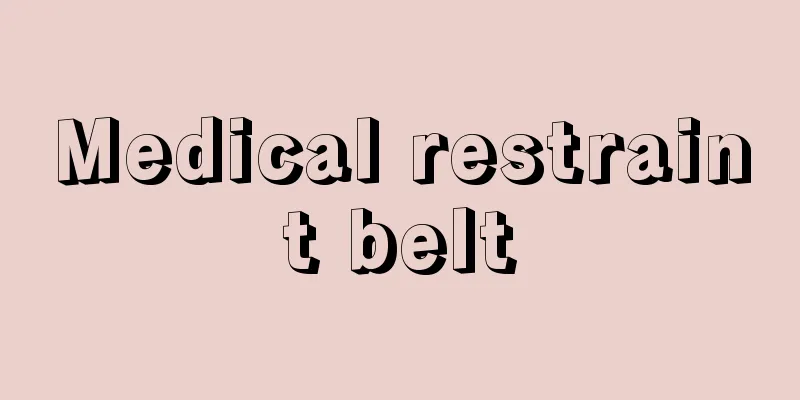
|
For many patients with mental or cognitive disorders, during the treatment process, if the patient shows signs of illness, the hospital will most likely use some restraints on the patient, and restraint belts are one of them. Of course, before using restraints on patients, the hospital must obtain the consent of the patient's family. Although restraint belts are helpful in the treatment process, they can also cause some harm to patients. About Medical Restraint Belts A restraint is any device, material or appliance used on or around a patient that restricts the patient's movements. Commonly used items include: safety vests, soft cloth strips, soft cloth gloves, seat belts, chairs with table tops, bed rails and padded wrist guards, etc. Possible adverse consequences of using restraints 1. Physical and functional diseases caused by inactivity 2. Increase the incidence of hospital infection and pressure sores 3. General condition deteriorates 4. Functional decline, such as incontinence, decreased mobility Mental illness caused by restraint 1. Mental stress 2. Agitation, aggression, delirium 3. Depression, humiliation, isolation, anger, panic 4. Develop dependence 5. Withdrawal, helplessness, reduced autonomy and lowered self-esteem Bodily injury caused by restraint 1. Suffocation caused by wrapping around the neck 2. Suffocation caused by chest compression 3. Intestinal infarction 4. Trauma caused by falling while trying to release restraints 5. Skin trauma and ulcers 6. Nerve damage Principles for using restraints 1. Restraint items should not be used casually and should only be considered as a final consideration. 2. Restraints should only be used when other care methods fail to achieve the desired results. 3. The patient’s dignity and right to be free from restraint must be respected. 4. Regularly evaluate needs, situations, and expected results. 5. Explain to the patient and family the reasons for using restraints. Obtain informed consent from patients/family members before use. 6. Restraints must be used based on the nurse’s professional judgment. 7. The use of restraints does not require a doctor's order, but the reasons for use and observations during use must be clearly recorded. If necessary, a doctor's opinion should be sought. 8. In non-emergency situations, the use of restraints should be decided jointly by doctors, nurses, patients and family members. 9. Restraints should not be used solely for the convenience of medical personnel. 10. The use time must be kept to the shortest possible time and the restraints should be removed immediately if not needed. 11. The reasons, time and observations of using restraints must be recorded during use. 12. Regularly observe the patient’s condition and take care of the patient’s needs. 13. Regularly try alternative and less restrictive methods of care and record the results. 14. Nurses should have adequate training in observing and using restraints. 15. Restraints should never be used as a punishment or as a substitute for patient care. |
<<: What to do if your hair is too dry after perming
>>: What's wrong with pubic lice
Recommend
What are the side effects of radiofrequency ablation for liver cancer? These are
Liver cancer, a malignant tumor, is a very scary ...
What is acupuncture bloodletting therapy?
Acupuncture bloodletting therapy is to release so...
What are the symptoms of excessive liver fire
Excessive liver fire is a relatively common sympt...
How to treat osteosarcoma metastasis? Causes of osteosarcoma
The metastasis of osteosarcoma does not mean the ...
Is Chinese medicine useful for lung cancer bone metastasis?
Lung cancer bone metastasis requires comprehensiv...
Absolutely no drinking after laryngeal cancer surgery
Laryngeal cancer is one of the common malignant t...
What's wrong with the strong smell of yellow urine
The symptom of yellow urine with a strong smell i...
Six major clinical manifestations of liver cancer
Liver cancer is a malignant tumor with a mortalit...
What is lipolytic enzyme
Many people don’t know enough about lipase. In fa...
What to eat in the late stage of lung cancer? You should pay attention to these in your lung cancer diet
The main cause of lung cancer is that patients do...
Choice of different treatment methods for osteosarcoma
In today's highly competitive society, variou...
How long does it take for eyes to recover after a cerebral infarction
Many people ask how long it takes for the eyes to...
When do Fujian mangoes ripen
Mango is a tropical fruit and there are mango pro...
What are the benefits of facial muscle pulling
Facial health is a very important matter. If ther...
What are some tips to relieve neck sprain?
Women usually wear high heels. In winter, it snow...

